-
- Markets
- Machine Range
- Capabilities
- Innovations
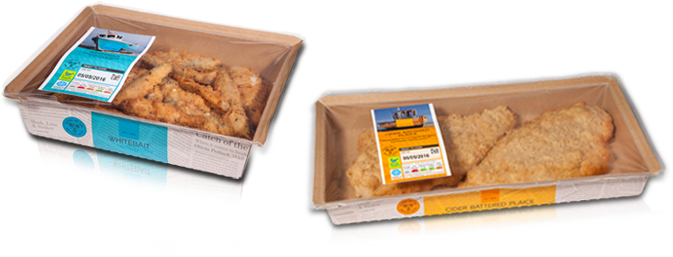
This is the first fully gas-tight cardboard MAP packaging. An environmentally friendly packaging that is made airtight by a top seal. The shelf life is greatly prolonged, thereby contributing to reducing food waste. Artwork and preparation instructions can be printed straight onto the tray, reducing the need for a sleeve - thus reducing cost. Skinning the tray prior to top sealing makes it possible to hermetically seal board which would usually be an unsuitable material for this. Proseal has been instrumental in the creation and development of this sealing technology. This packaging consists of over 90% recycled cardboard. The inner layer of the tray can be separated easily from the cardboard after use. The cardboard can be disposed of in the cardboard recycling bin at home and the inner and top layers can be disposed of in the plastic recycling bin.
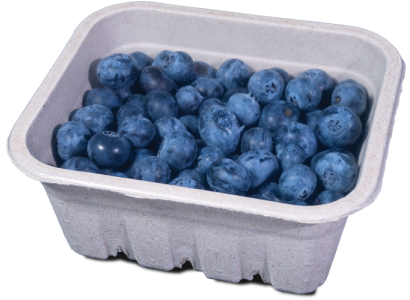
There are various forms of board; folded, moulded, formed, pressed or lined. In some instances these paper and pulp materials can be recycled through existing paper waste systems. Artwork can be printed straight onto the board and this can be used for a variety of effects. Due to further developments of lined board technology, these are now available in dual oven-able formats.
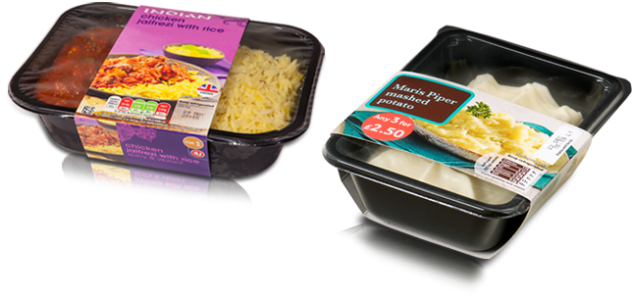
C-PET is an extremely versatile packaging format which is dual oven-able, meaning that it is suited to conventional ovens and Microwaves and is also a 'freezer-friendly' format, making this material potentially suitable for a temperature range -40˚C +220˚C.
Additionally the fact that these trays can be produced in a multitude of colours, shapes and sizes makes it widely used in the dessert and prepared produce sectors.
Many seals are achievable with the use of differing seal temperatures and pressures meaning C-PET can suit all seal and peel needs including; welded seals, peelable seals and cold weld/hot-peel seals.
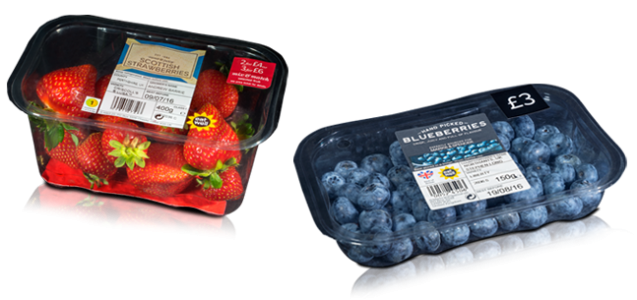
This type of tray is made from a high clarity plastic and can be sealed with a modified atmosphere - ideal for fresh produce such as berries and prepared fruit. Over recent years we have converted a large proportion of the berry market away from the traditional packaging of A-PET punnet and lid to topsealing with film. Sealing with film not only reduces cost but reduces plastic waste, making this a more eco-friendly process.
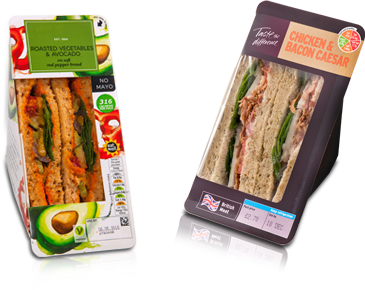
In the past decade the sandwich industry has moved away from plastic packaging. Using board means all artwork can be printed straight onto the pack. This has both economic and environmental benefits. The packaging gives a 'deli feel' to the sandwich and this caters more to the modern market.
Proseal is at the forefront of packaging development in this field, having developed the worlds first hermetically sealed cardboard sandwich pack. Since then this packaging has become the industry standard. We have developed a large range of bespoke machines which are able to de-nest, erect and seal the sandwich pack.
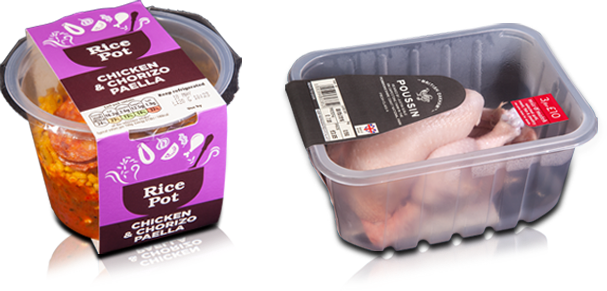
This packaging is specifically developed for microwaveable meals and products that require a specifically welded seal with film.
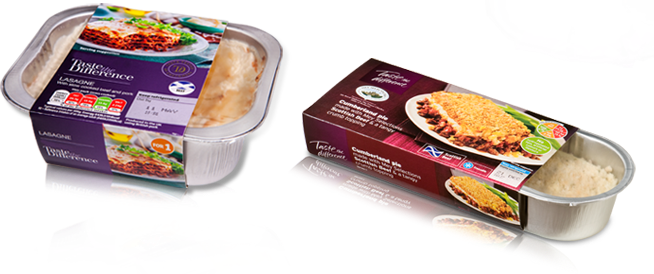
Foil is a long lasting, durable material most commonly used for chicken, fish, red meat, ready meals and prepared vegetables. Foil trays can be used for MAP applications, for extending shelf life, due to the nature of aluminium, preventing light and air exposure acting as a high barrier material that helps protect the product inside against degradation.
The end consumer can benefit from convenience of purchasing the product in a foil tray due to its multi functionality; storing the food safely when in transit, keeping it fresh while on the retailer shelf and enjoying the convenience of cooking directly from the pack. Proseal has driven development in quality and efficiency in this type of pack sealing over the years to grow with the expanding market for this tray type.
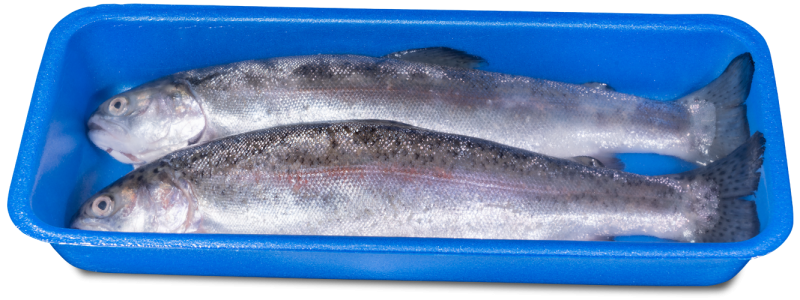
This material is most popular within the European market. It is predominantly used for fresh meat and fish.